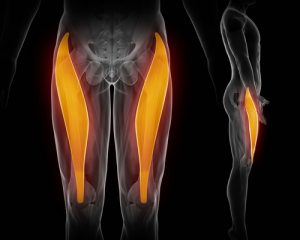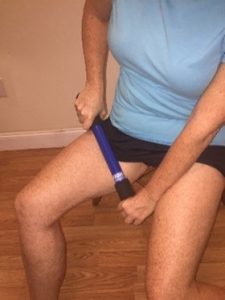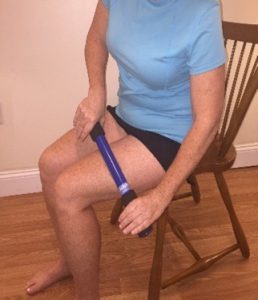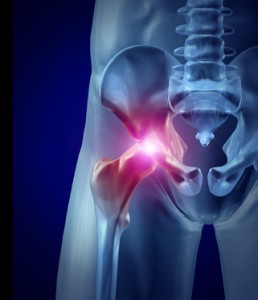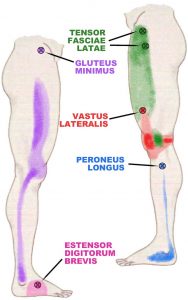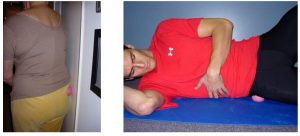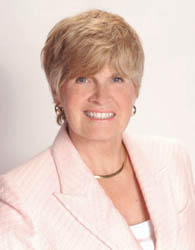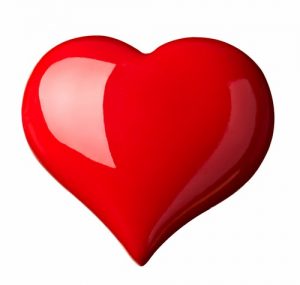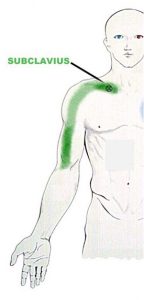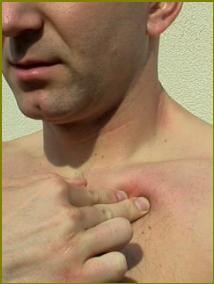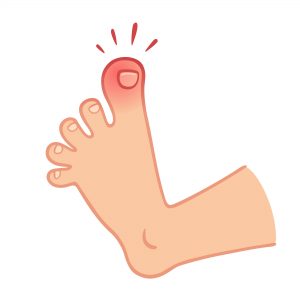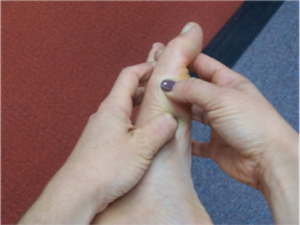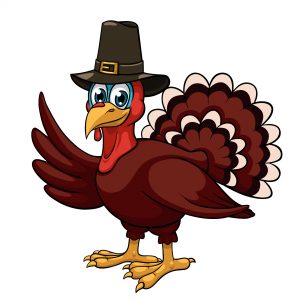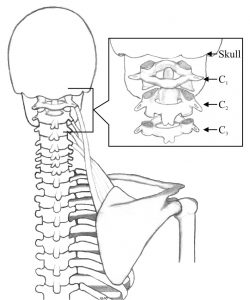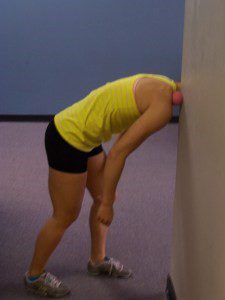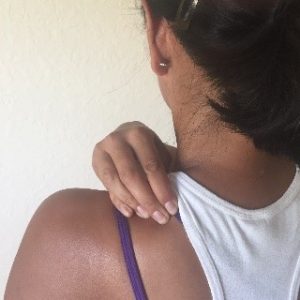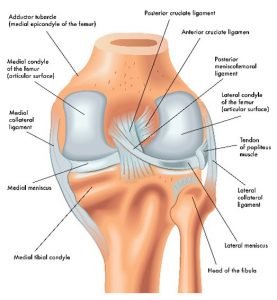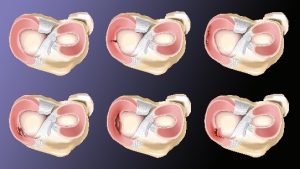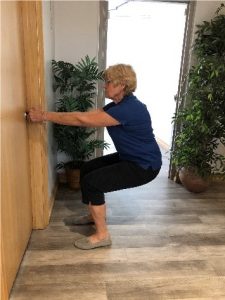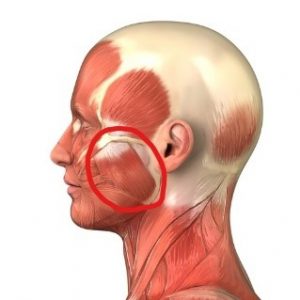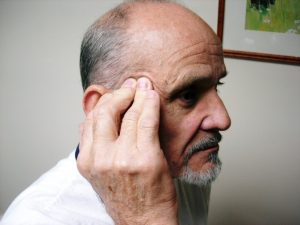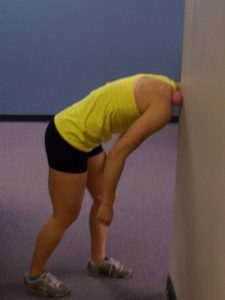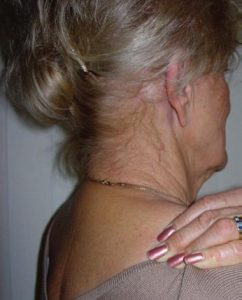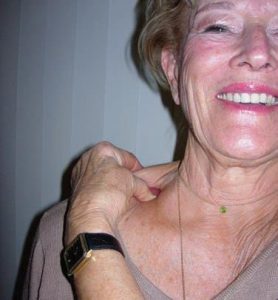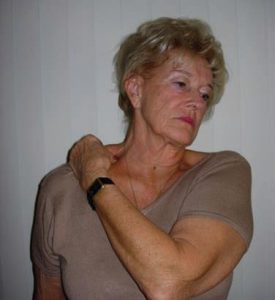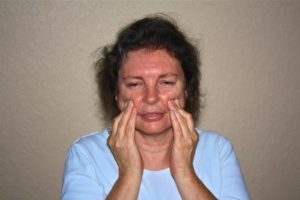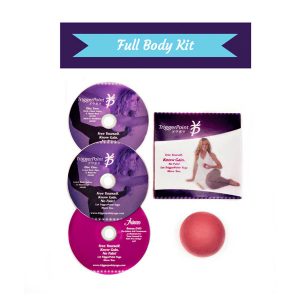The Pectineus Muscle And Groin Pain
Author: Julie Donnelly, LMT –The Pain Relief Expert
Editor: Dr. Steve Chaney
Fall, Glorious Fall
 Fall is glorious in my book. I was up in New York a few weeks ago, and the trees were just changing – I was about a week too early for the best colors, but it was still beautiful. The air was crisp and clean, and I loved all the fall decorations.
Fall is glorious in my book. I was up in New York a few weeks ago, and the trees were just changing – I was about a week too early for the best colors, but it was still beautiful. The air was crisp and clean, and I loved all the fall decorations.
In Florida we are entering our most wonderful time of year. It’s starting to get cooler, the humidity is going down, and hurricane season is over. Hooray! It’s great to be outdoors again!
And now that the weather has turned cooler in all parts of the USA, more people are exercising outdoors. Are you? Be sure to warm up your muscles before you go running or cycling.
Treating the Muscles That Cause Groin Pain and Impact Walking.
I have a client who had a pain pattern I hadn’t seen before, so it was a challenge to figure out what needs to be treated to get success. We’ll call my client “Bob” although that’s not his real name.
Bob had a shooting pain just to the left of his pubic bone whenever he tried to take a wide step. As a runner it was definitely causing him issues whenever he tried to take a long step, like while running.
There are so many muscles that are involved in moving your legs so you can walk or run that I won’t be going into them all in this newsletter. If it’s something you want to explore, please get either of my books by going to https://julstromethod.com/shop/
The Pectineus Muscle And Groin Pain
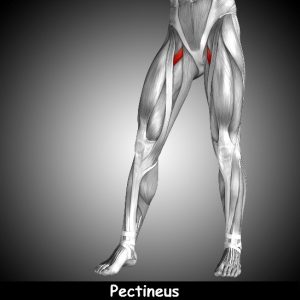 The muscle we’re concerned with today is the Pectineus.
The muscle we’re concerned with today is the Pectineus.
The Pectineus is a small muscle that runs from the front of your pubic bone to the top of the inside of your thigh bone (femur).
It’s one of the large group of muscles called Adductors. All the Adductors originate on your pubic bone and insert along the length of your femur, all the way to the inside of your knee. When they contract, they pull your leg in toward midline (like crossing your legs).
However, when they are tight you can’t bring your leg out to the side. And in the case of the Pectineus, you will have pain and limited range-of-motion moving your leg forward to take a big step.
If you look at the graphic above, consider what would happen if the muscle was so tight that it won’t stretch, and the bone was being pulled forward. You can see that it will pull on both the pubic bone and the top of the thigh bone. The Pectineus muscle is so small that the pain would be in a circle that encompasses both the origination and the insertion of the muscle.
Relief From Groin Pain
That’s what was happening to “Bob.” First you release the “knots” from the Pectineus muscle, so that it can be stretched. The treatment is easy to explain, but impossible to show in a picture because it just looks like someone lying face down on the floor. You couldn’t see the ball or where it’s located.
Take the Perfect Ball (or a tennis ball if you don’t have the Perfect Ball) and put it exactly where you see the muscle in the graphic.
Lie down on the floor, on top of the ball. It should be pressing into the Pectineus muscle and the top of your thigh. Ease into it because if the Pectineus muscle is tight, it will be really painful. Just start by pressing gently into the ball and then add more of your body weight as the tension lessens.
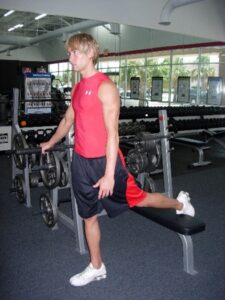 To stretch the muscle, you can do an adaptation of the picture to the left.
To stretch the muscle, you can do an adaptation of the picture to the left.
Stand up straight and put your leg behind you.
For example, if you are stretching your left Pectineus, you can have your left leg back so your right leg is straight and your toe is on the ground, or you can do a more advanced stretch by picking up your leg and putting your foot on a step or a chair.
Be sure to hold on to something secure so you won’t lose your balance and fall.
If you turn your body slightly toward the right, you’ll get an even better stretch.
This treatment and stretch helped “Bob” relieve the pressure and he was able to get back to running again!
Have a happy month, and please feel free to contact me if you have any questions about the instructional program for massage therapists.
Wishing you well,
Julie Donnelly
These statements have not been evaluated by the Food and Drug Administration. This information is not intended to diagnose, treat, cure, or prevent any disease.


